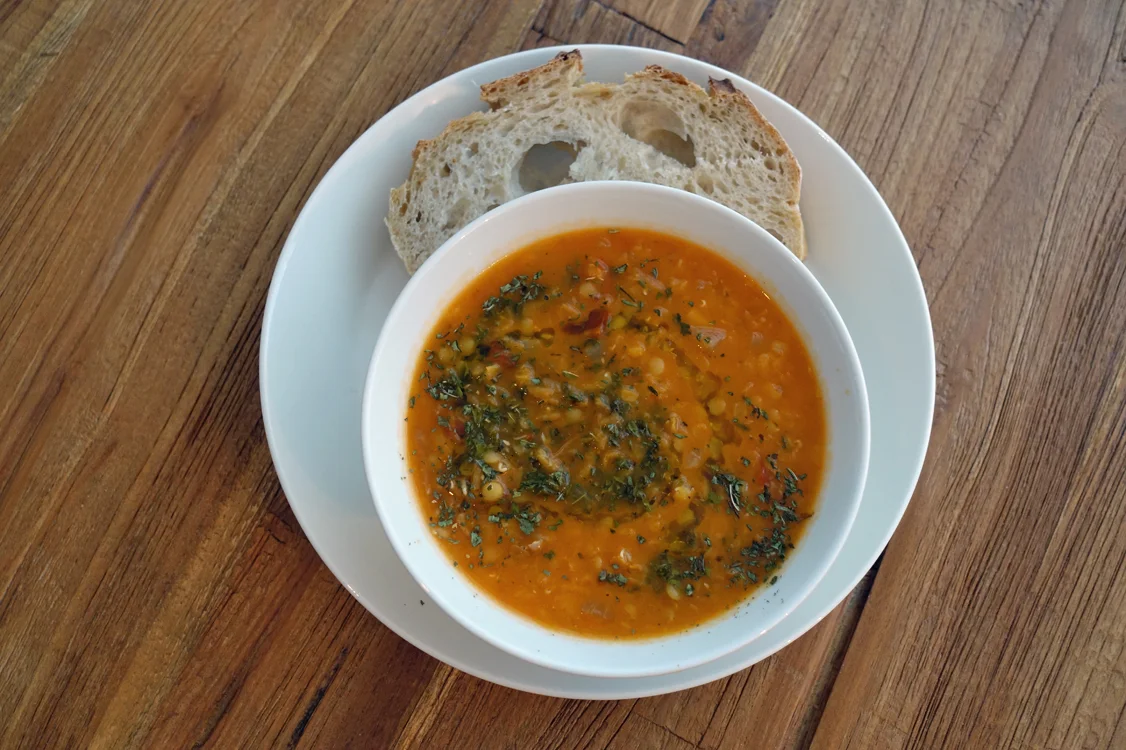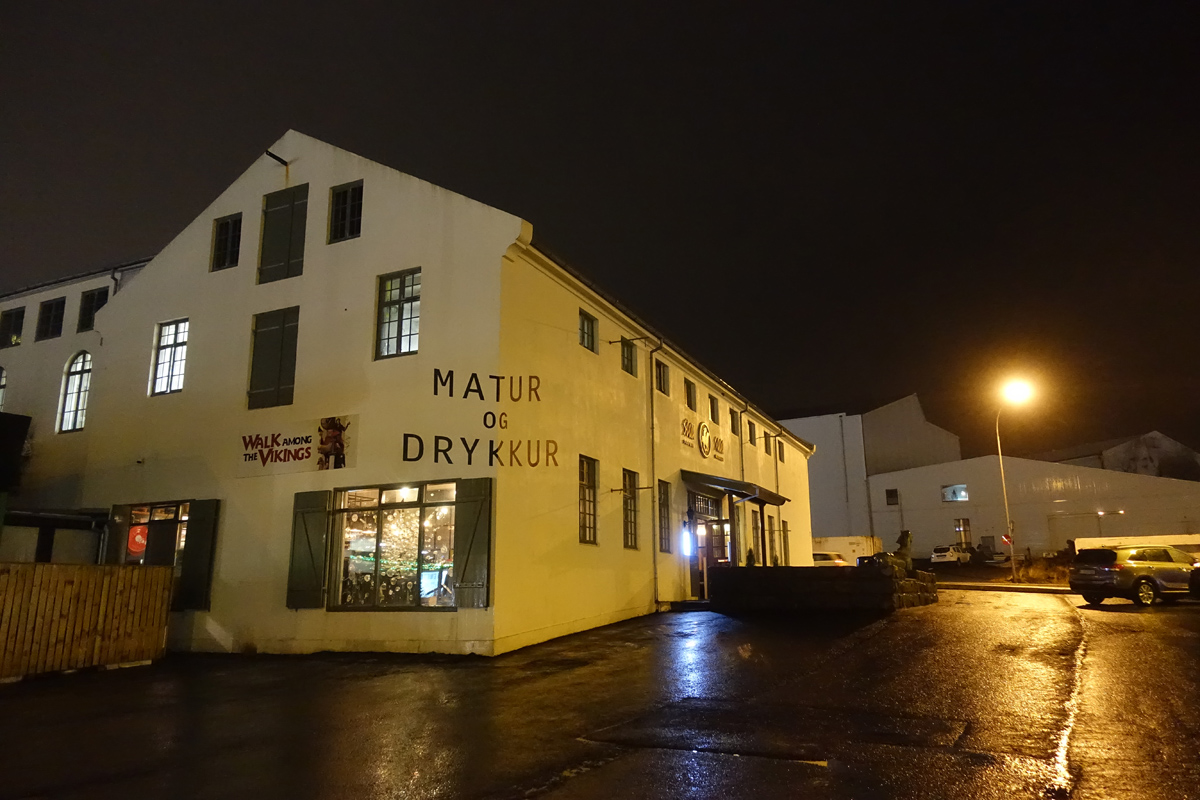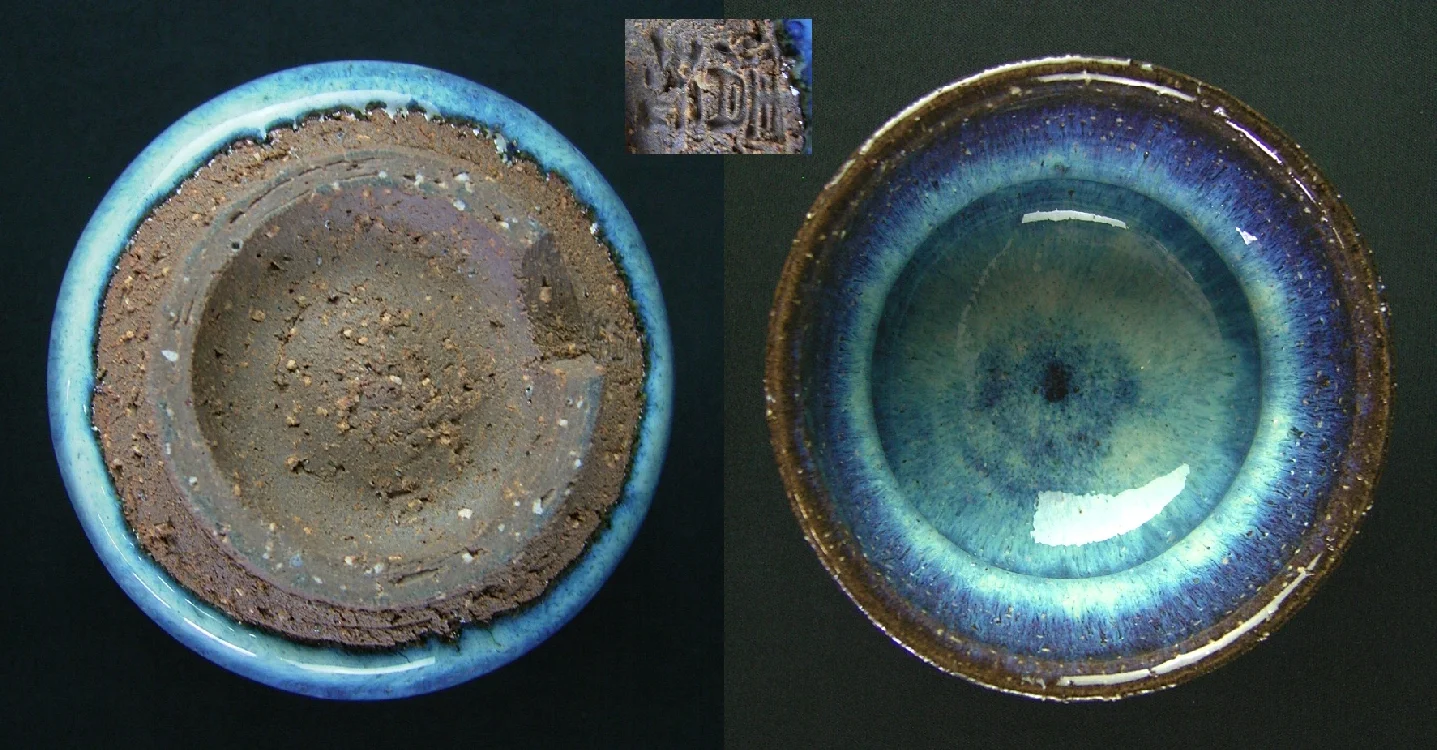Kırmızı Mercimek Çorbasi (red lentil soup)
30 And Esau said to Jacob, Feed me, I pray thee, with that same red pottage; for I am faint: therefore was his name called Edom.
31 And Jacob said, Sell me this day thy birthright.
Genesis 25:30-31
One of the easiest soup I know. But you need homemade chicken stock if you want to do it properly. Any homemade chicken stock will do: I made my latest version of this soup with Chinese chicken stock made from half a soup chicken, a piece of ginger and spring onions. Simmer for at least two hours.
Fry onion in some olive oil. Add a small tin of tomato puree and cumin powder. Add chicken stock and red lentils. Simmer for half an hour until the lentils are cooked. Optional: fresh tomatoes, potatoes, carrot. I didn’t puree my soup because red lentils cook soft very quickly, if you add potatoes you can puree the soup with a blender. Finally add some shredded chicken left over from making the chicken stock. Adjust for salt and add black or white pepper.
Finishing touch
Dress the soup with either one of the following: dried mint leaves, olive oil, lemon juice, red pepper flakes or sumac. You can also melt butter over low-medium heat. When it starts spitting, stir in chilli flakes. Then, pour the butter over the soup.






















































































